Social Tiny House - ein Erfahrungsbericht vom EQ-Team 2020/21
“Why build a TinyHome and how did it become a Trend? How big is a Tiny Home? and how long does it take to build one?” were all questions our EQ-Team this year was asking us as soon as they heard that this project was on the plans for this year!
So we decided to take all of their high-interest and questions and make a full German Language and Culture learning time! At p3, we always look for new innovative ways not only for our products, but also for our learning! We know that this is the best way to keep our men motivated about learning. If they can find and develop their own learning strategy and enjoy what they are learning about, they will be able to excel the most for their present and for their future. We enjoy exactly that here at p3: we can combine our innovative products and what the men work on and build in the morning to emphasize the technical terminology and further develop their writing skills and speech. One example of how powerful the combination of practical work and the classroom!
This Tiny Home was built for a Social Project for Vauban, a neighborhood here in Freiburg. To read more about it: here (text in German). It was a fun project, where we work together with the Tiny Home Factory, we enjoyed it!!
After some sessions filled with researching, reading, writing and sharing their results, our men also decided to write a text for you and tell you a bit of their experience learning and building a Tiny House. Enjoy!
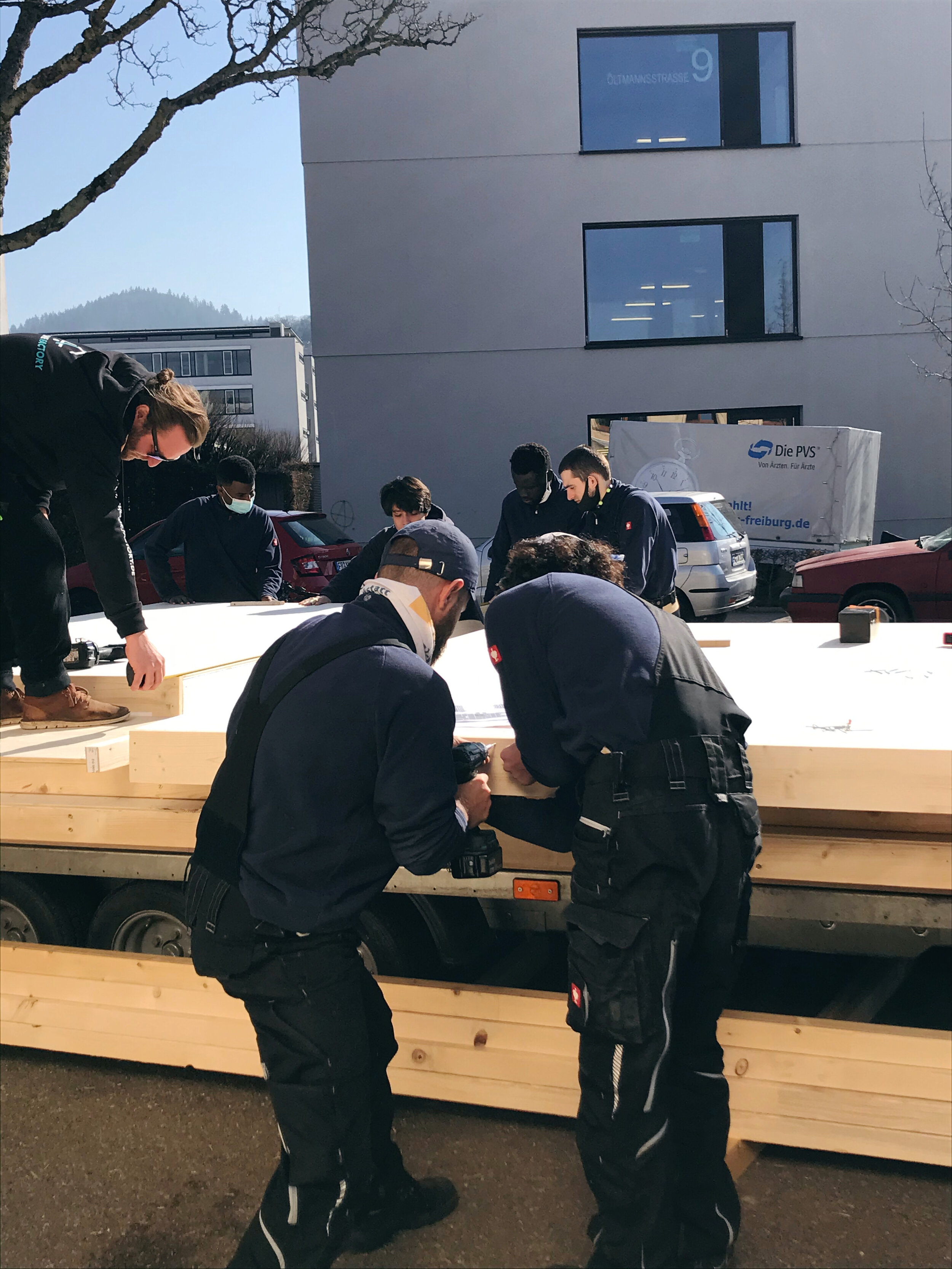
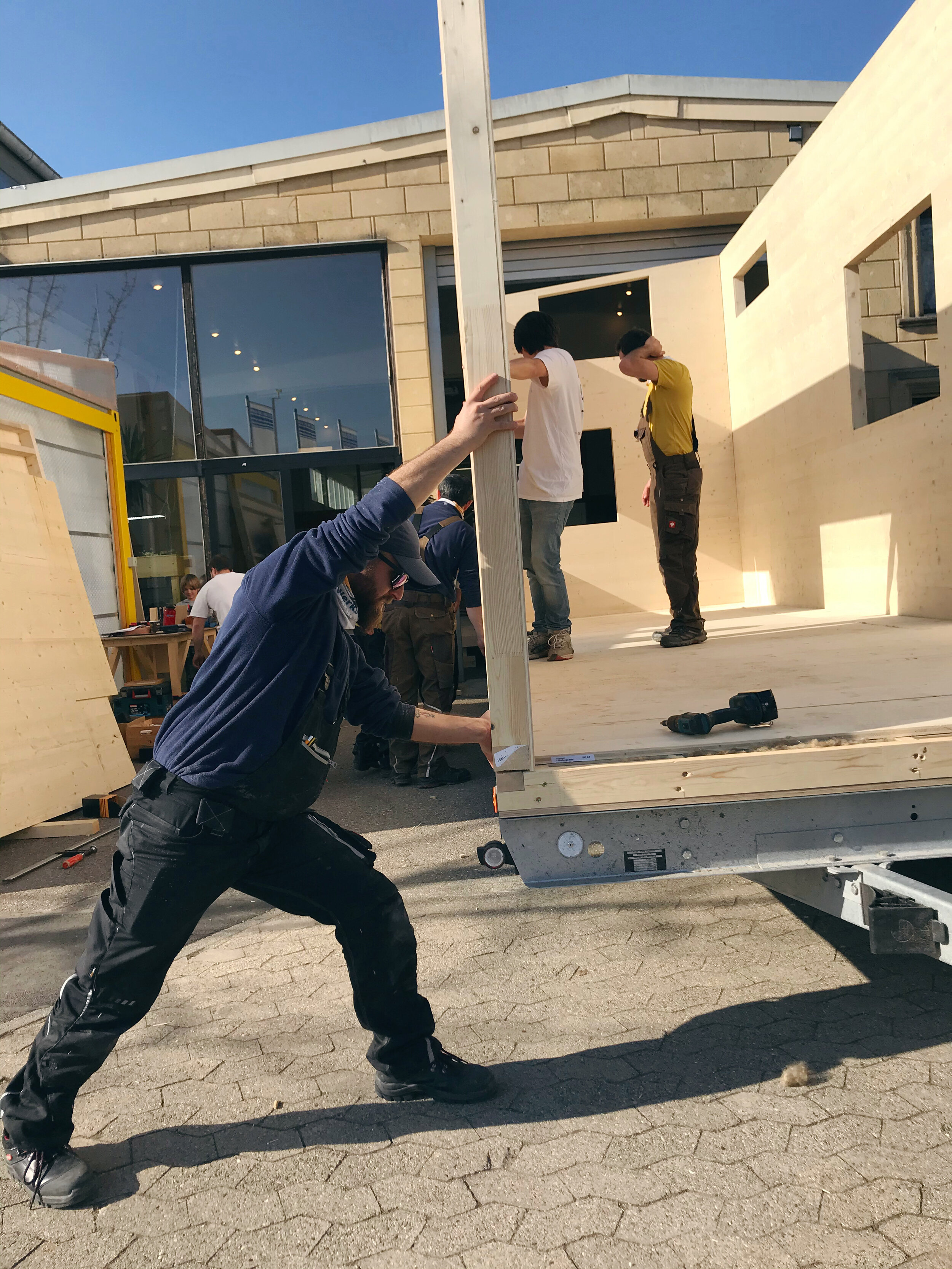
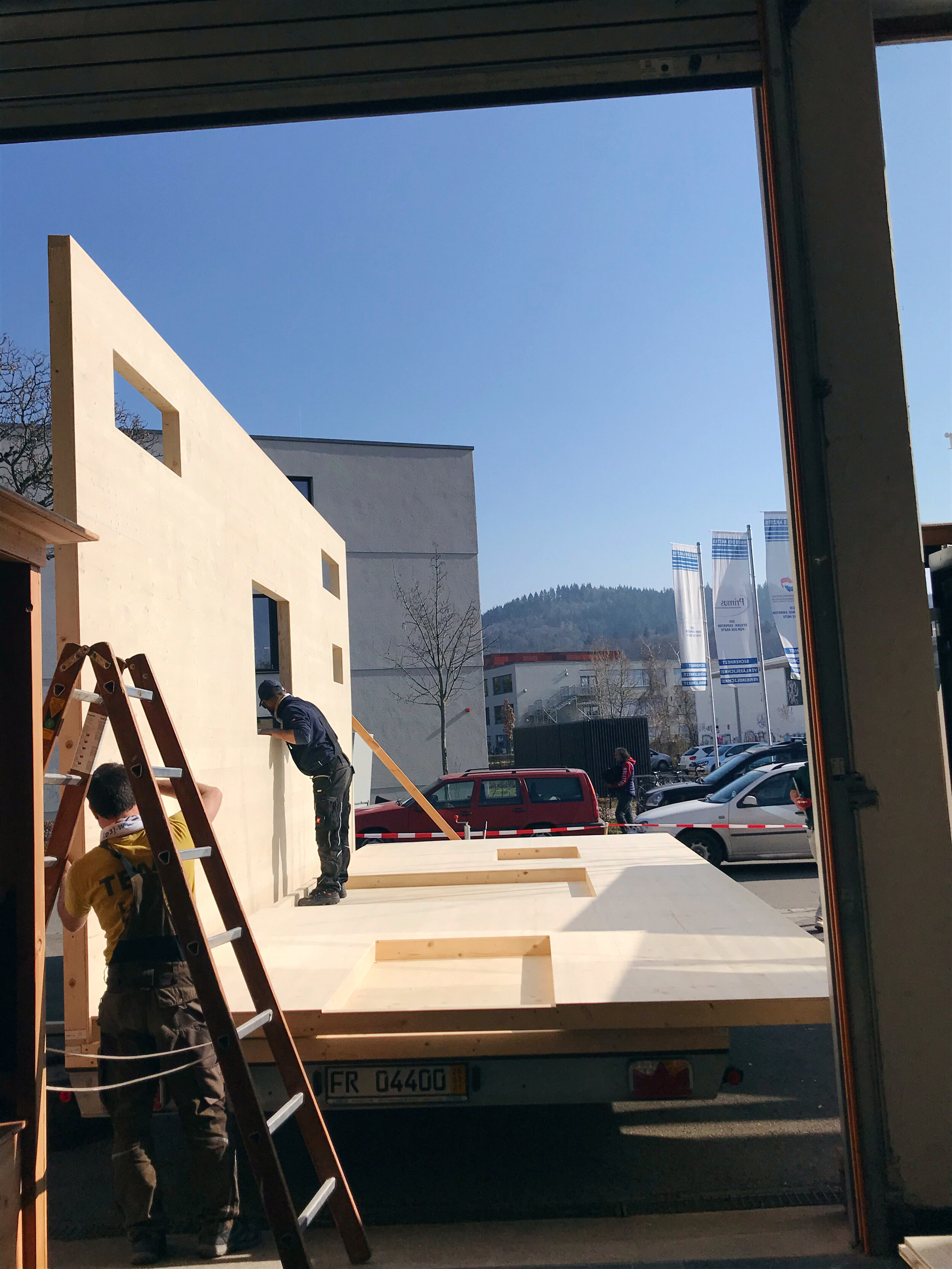
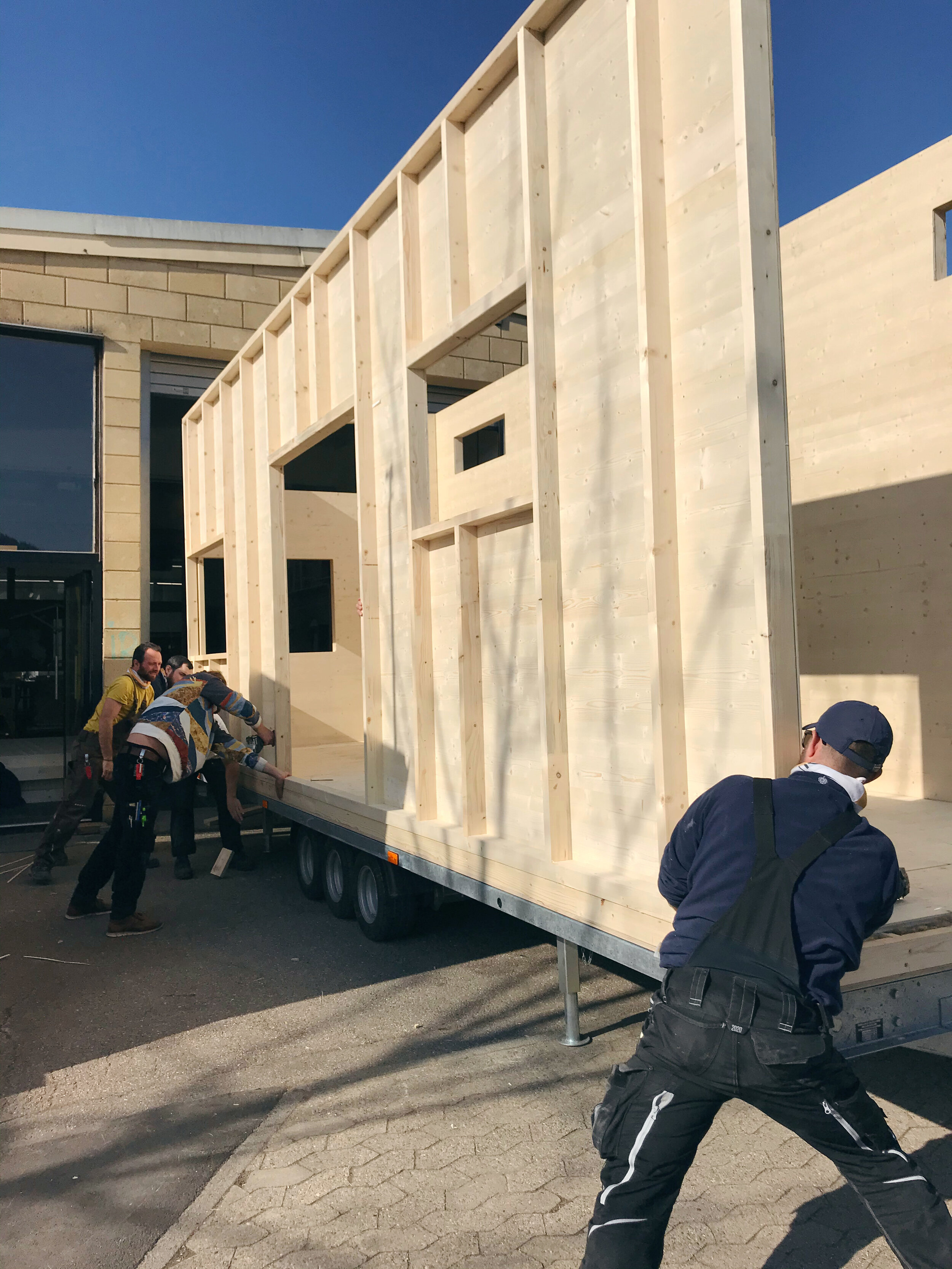
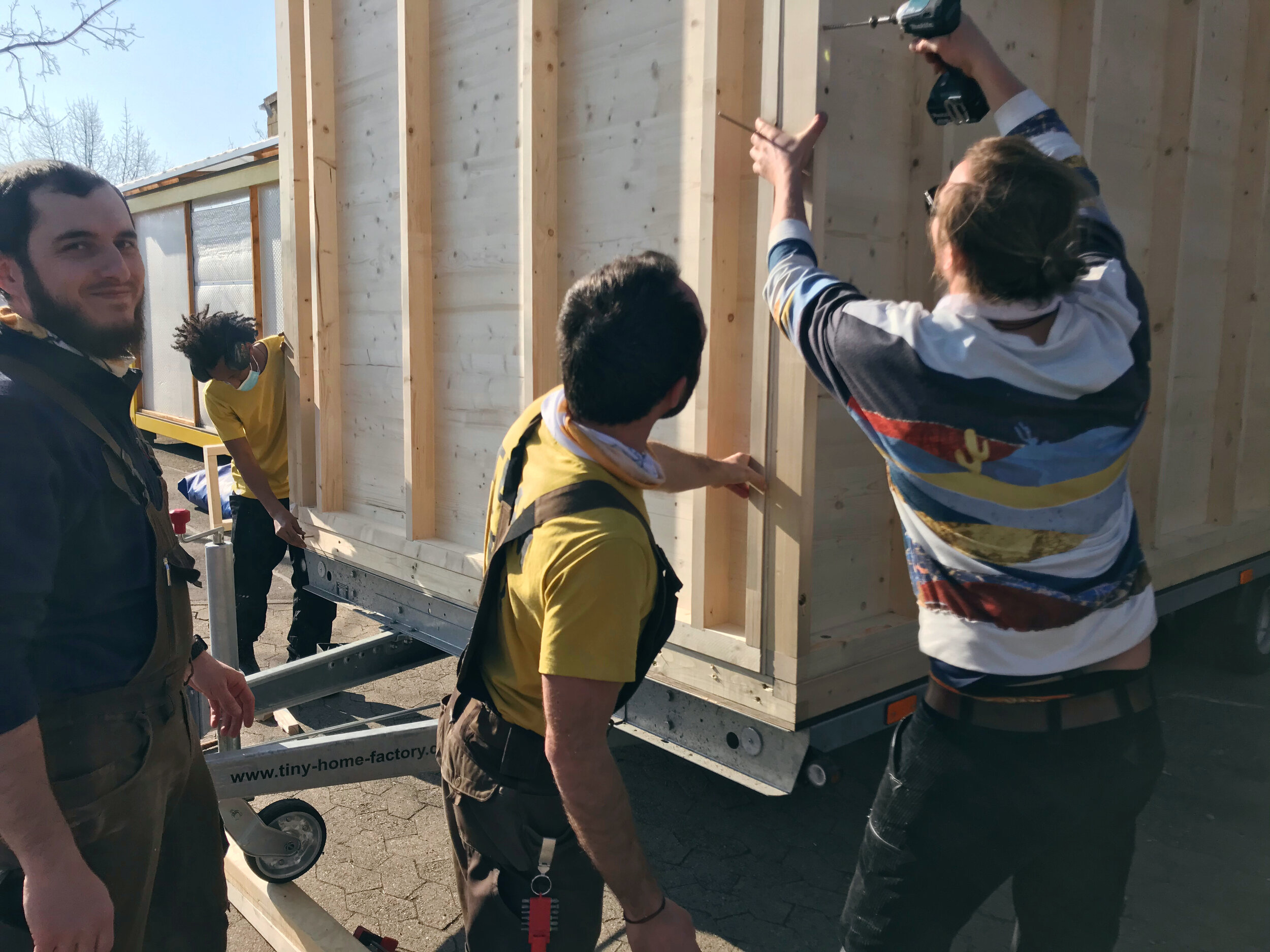
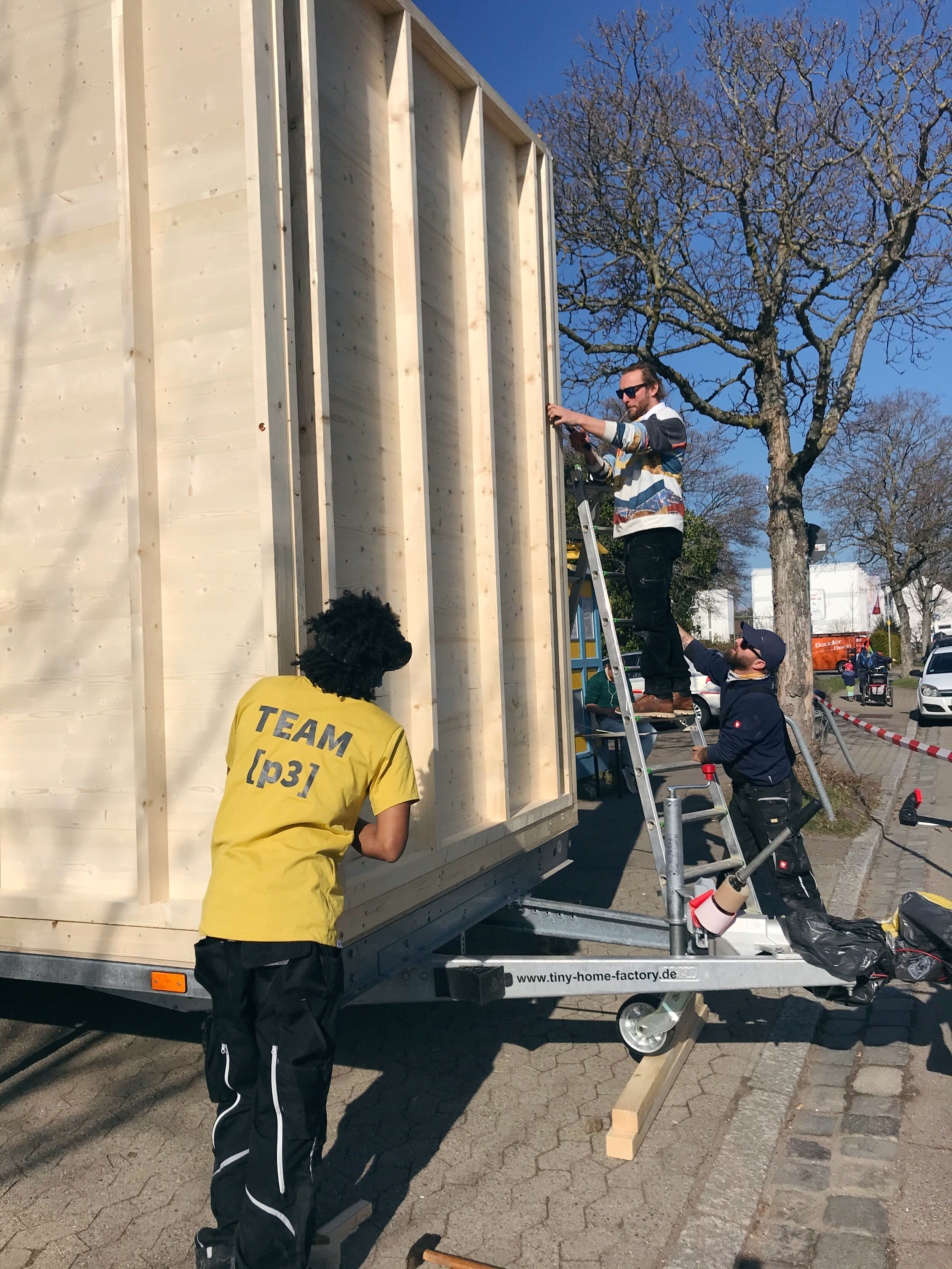
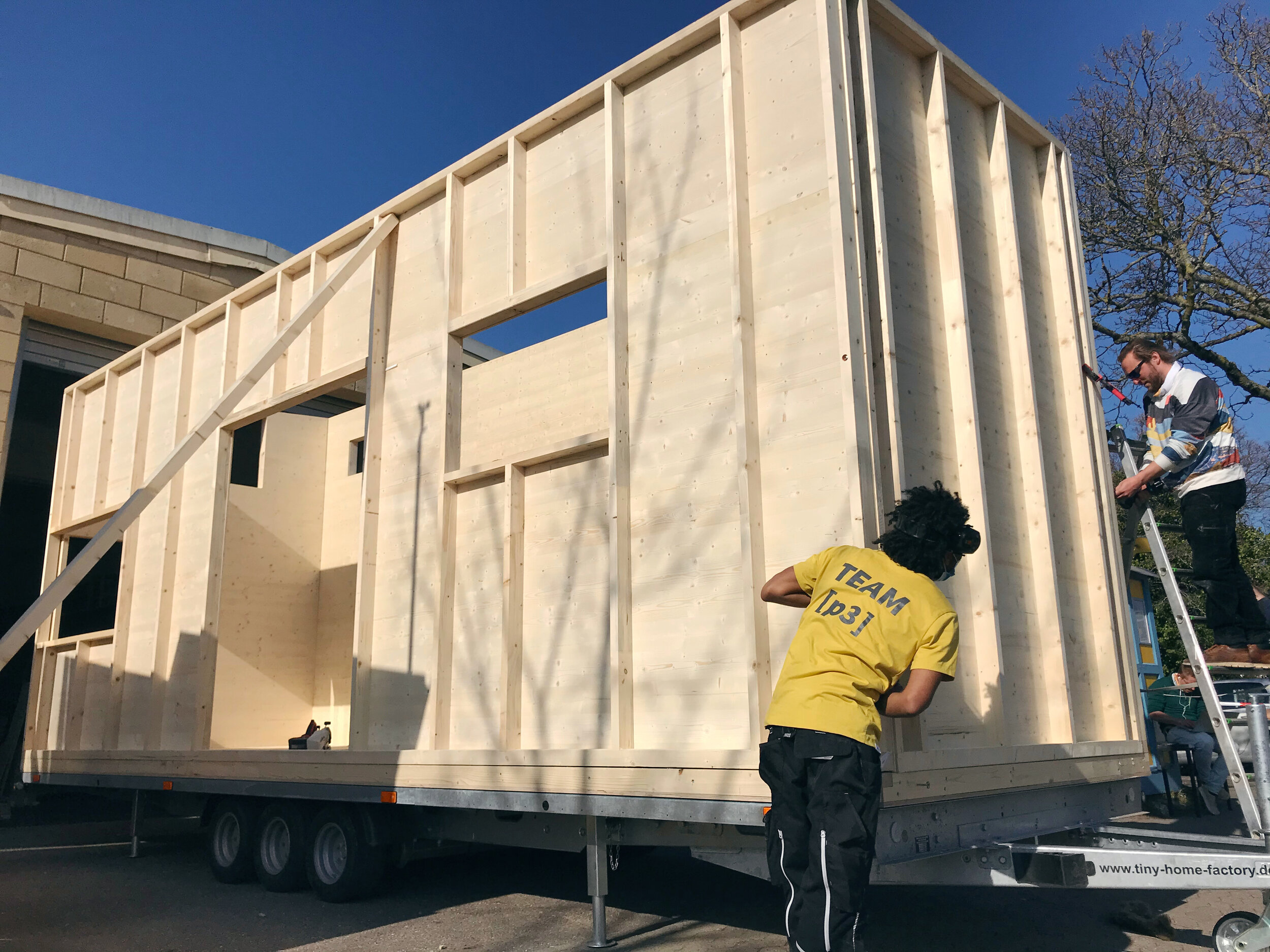
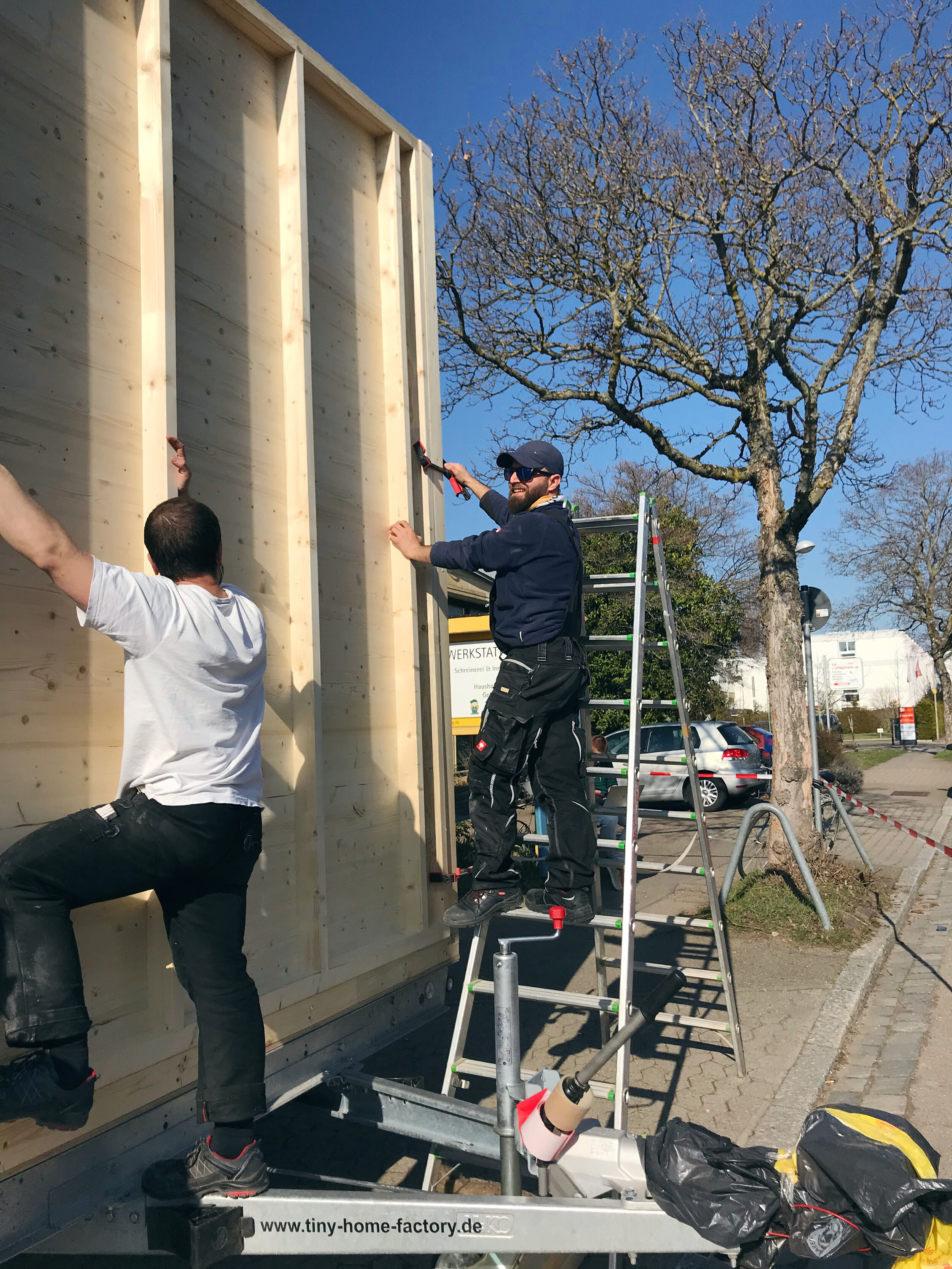
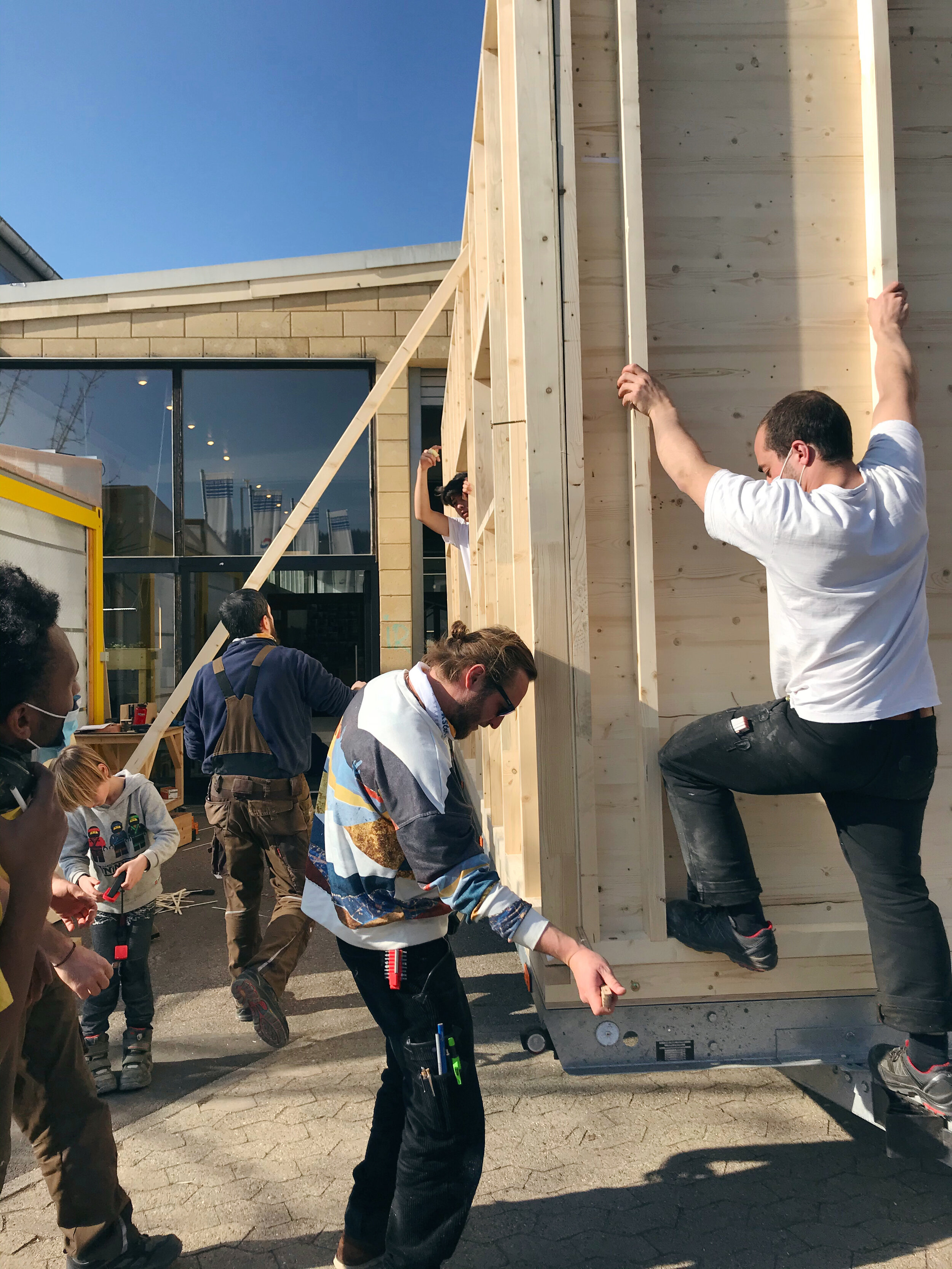
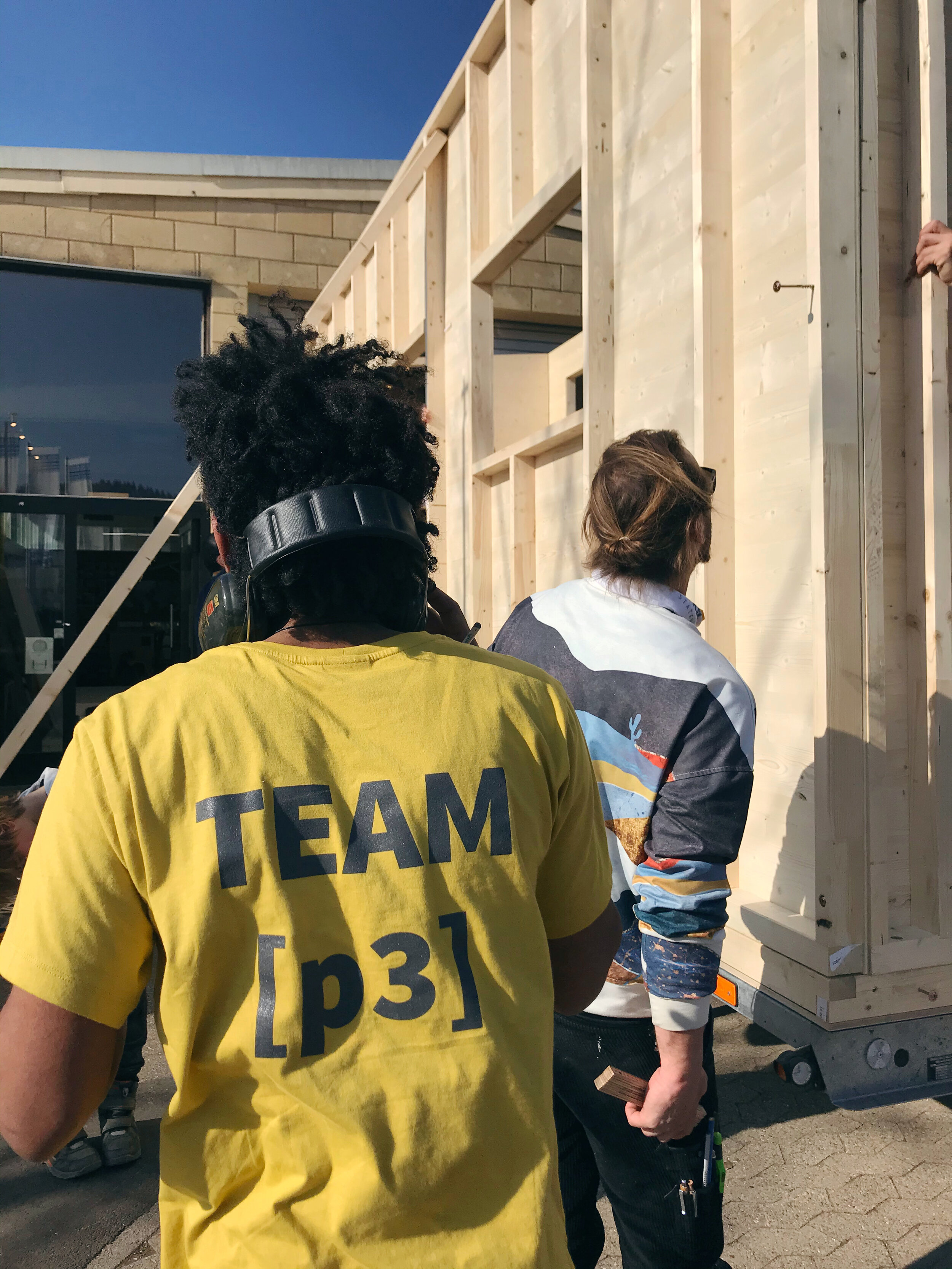
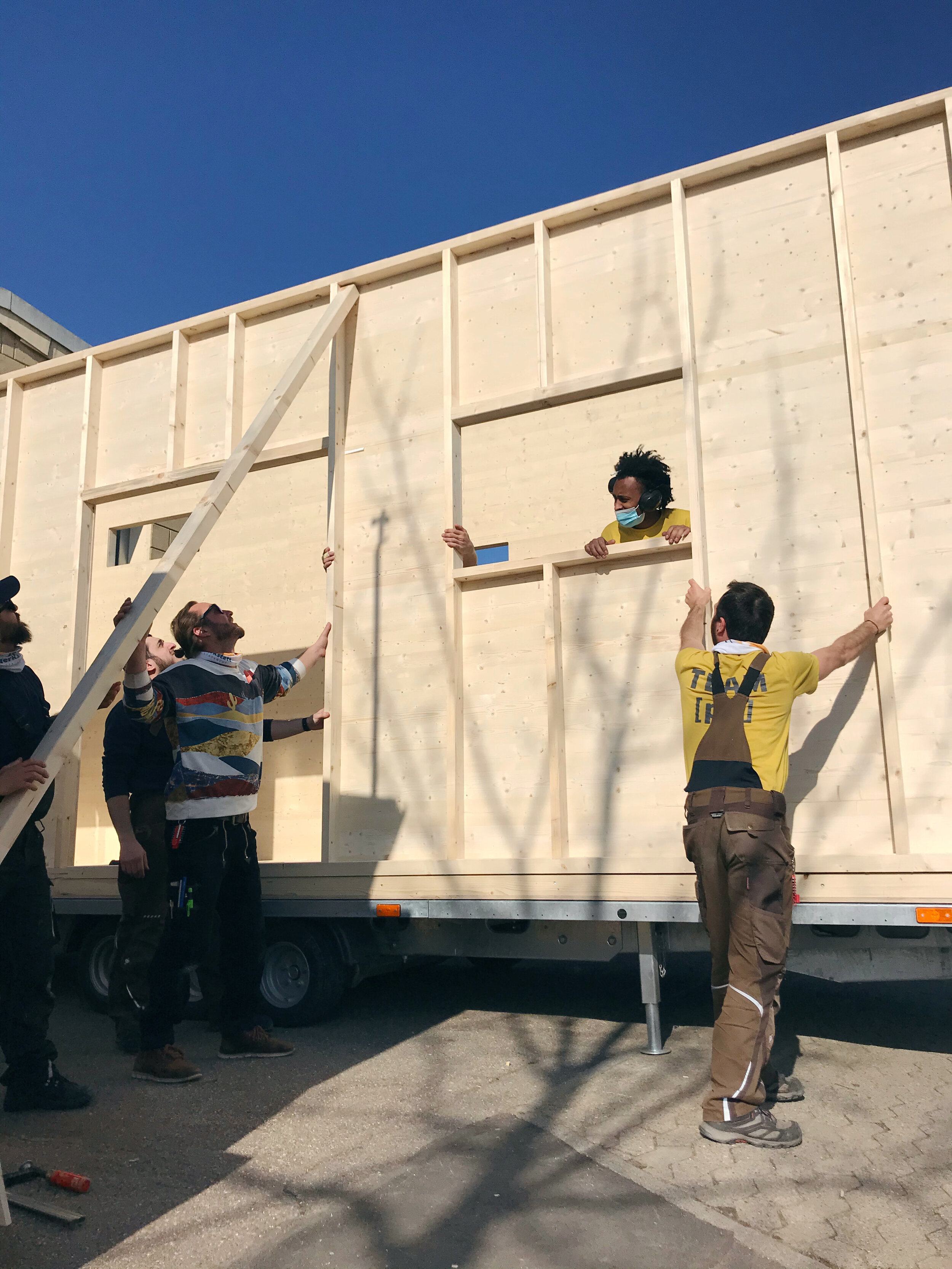
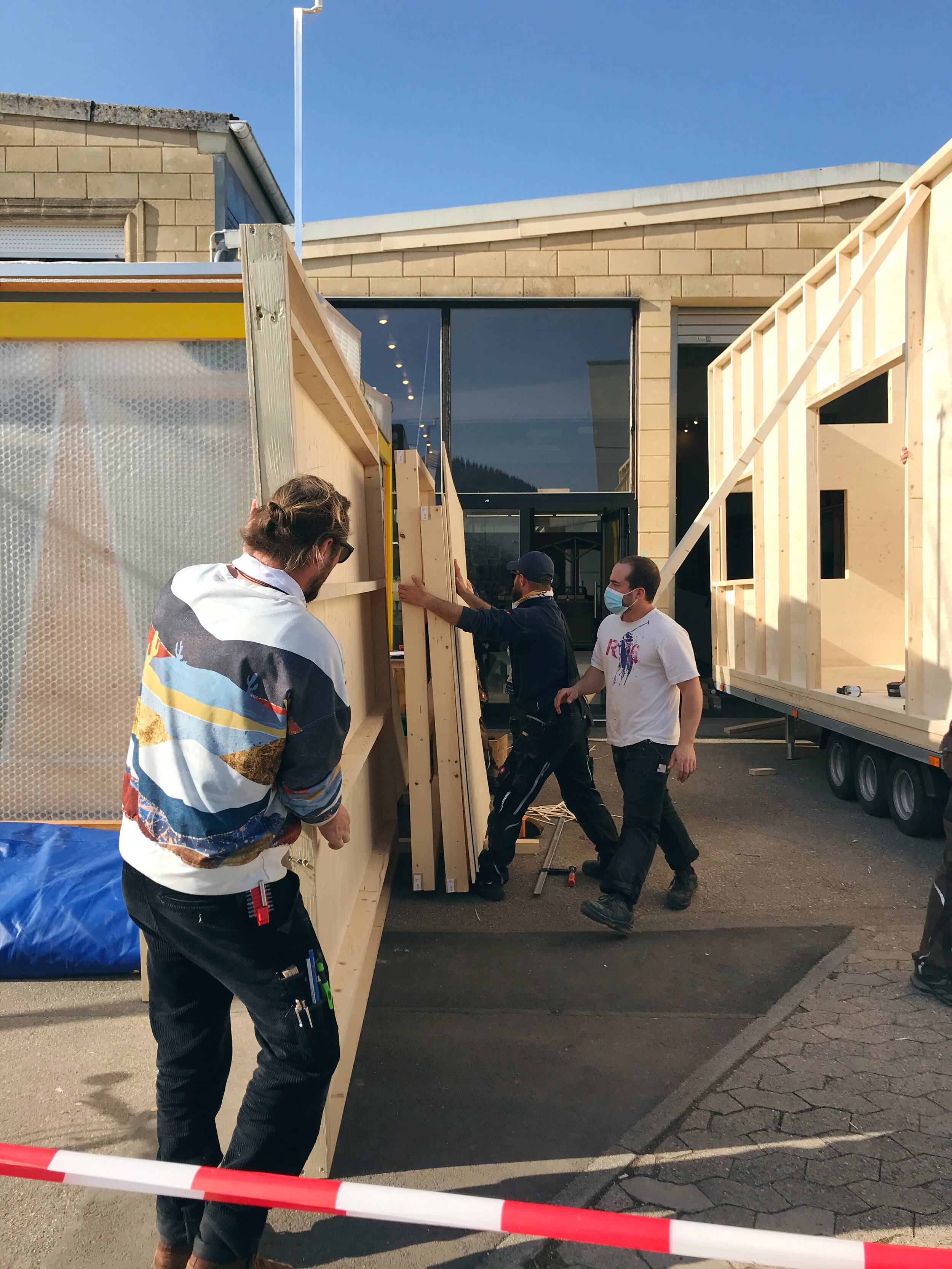
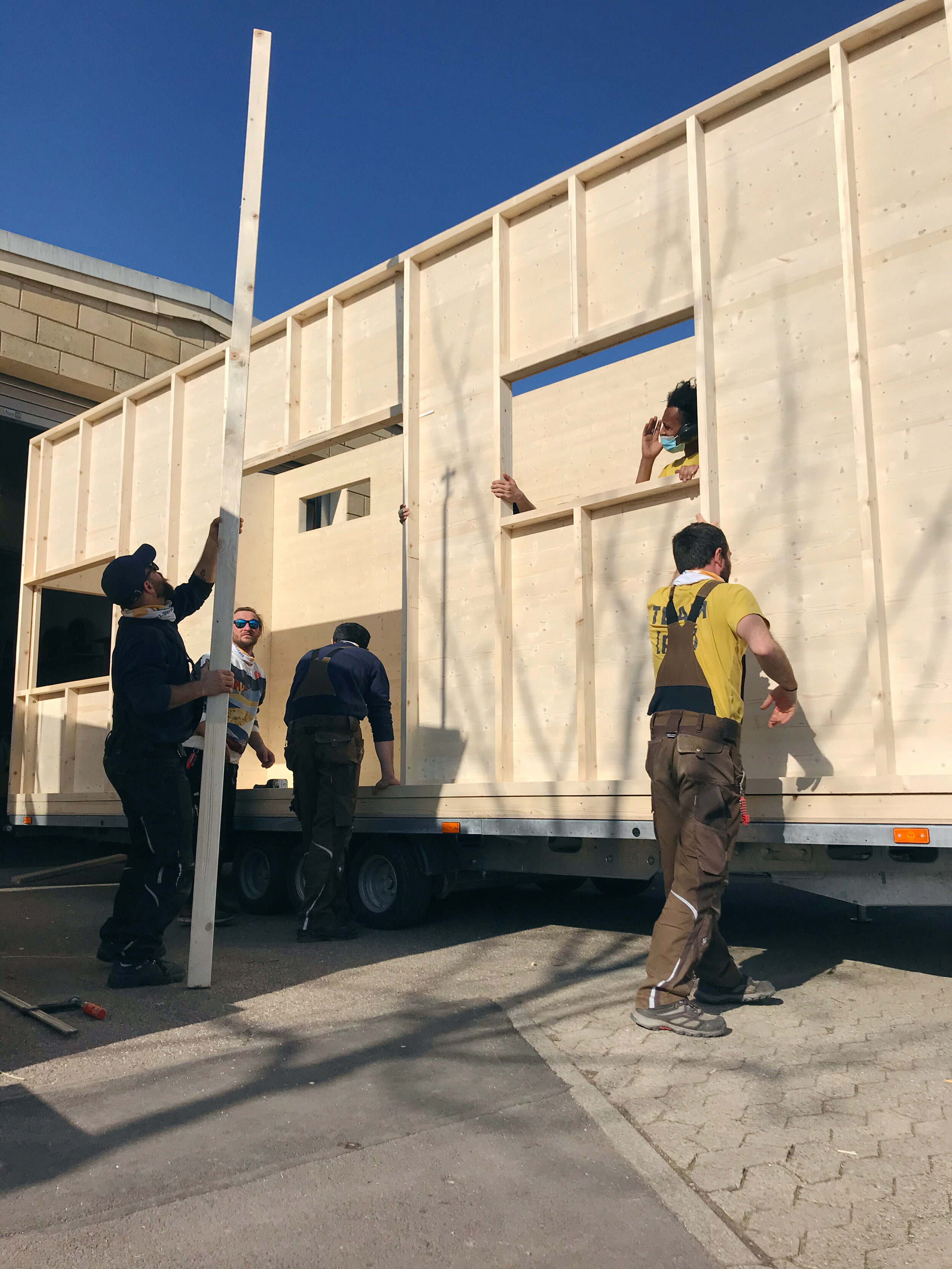
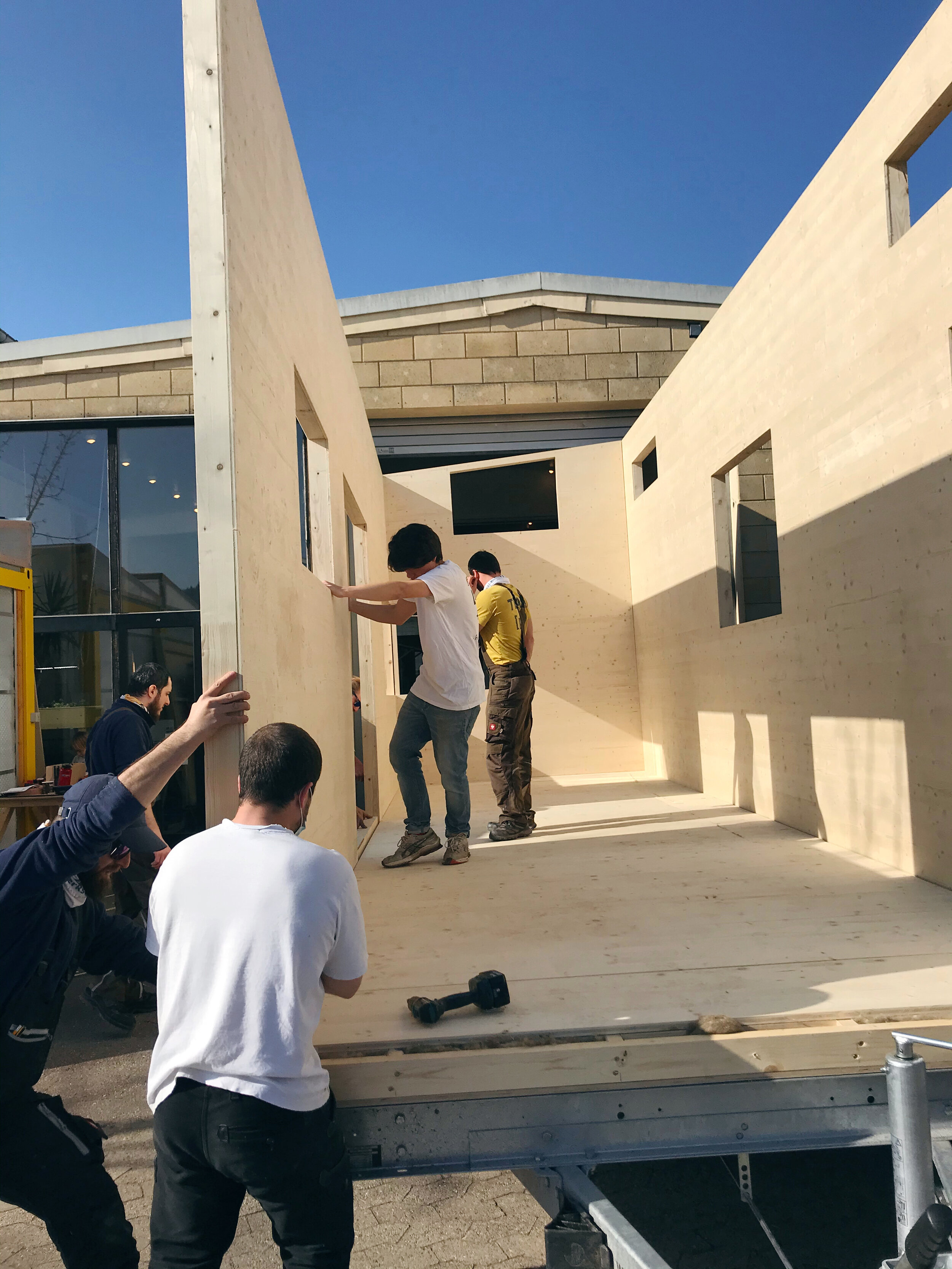
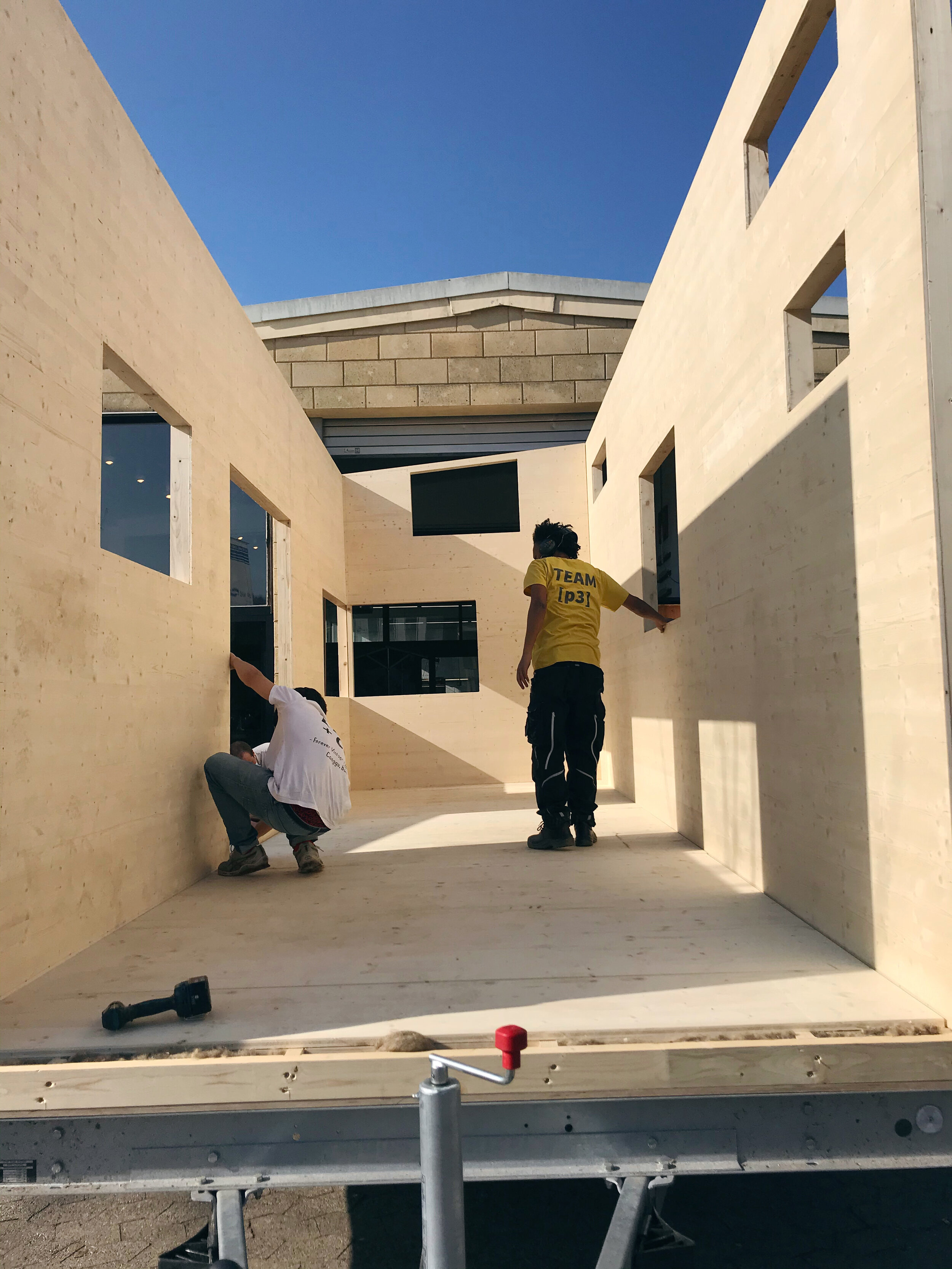
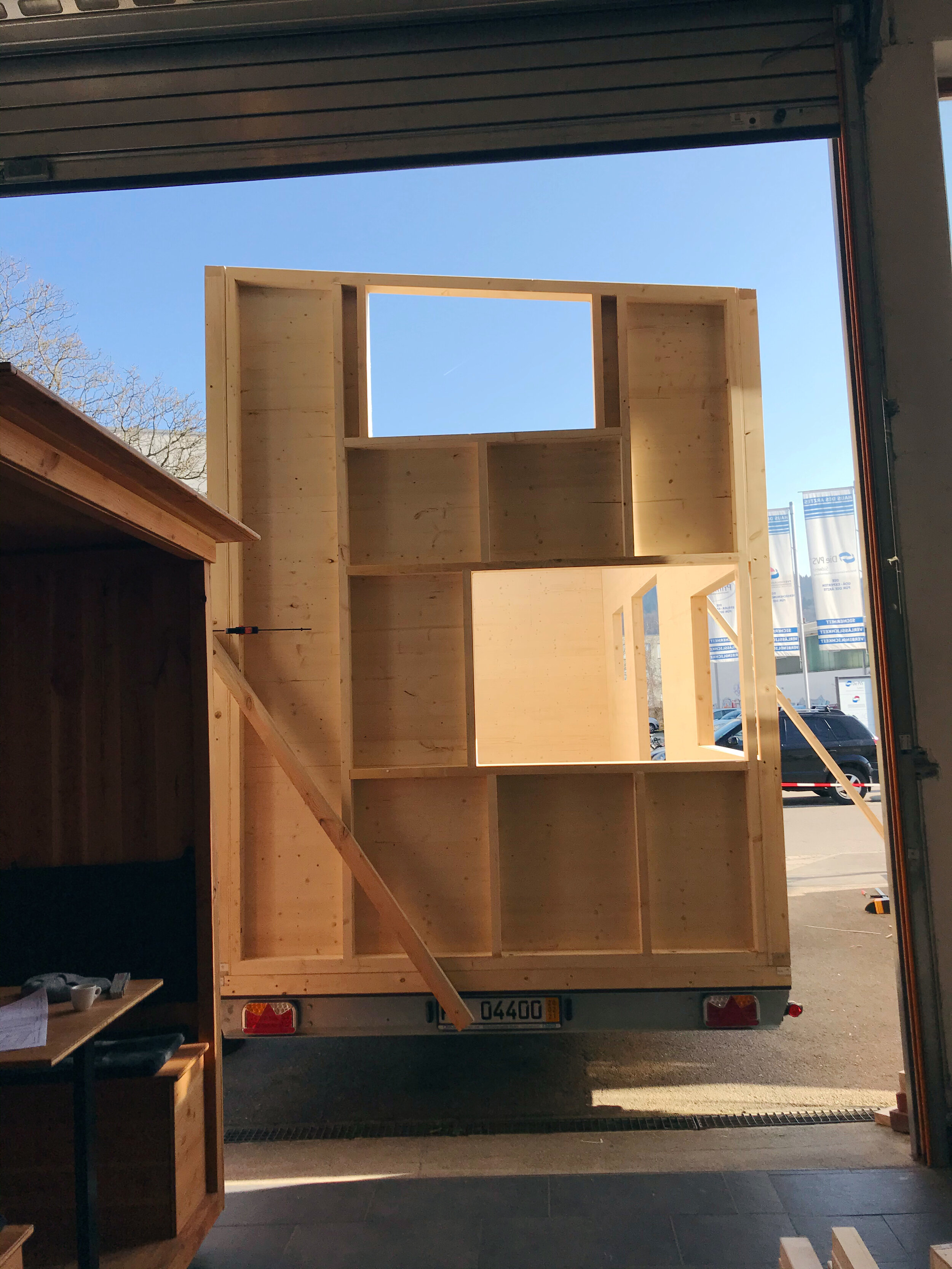
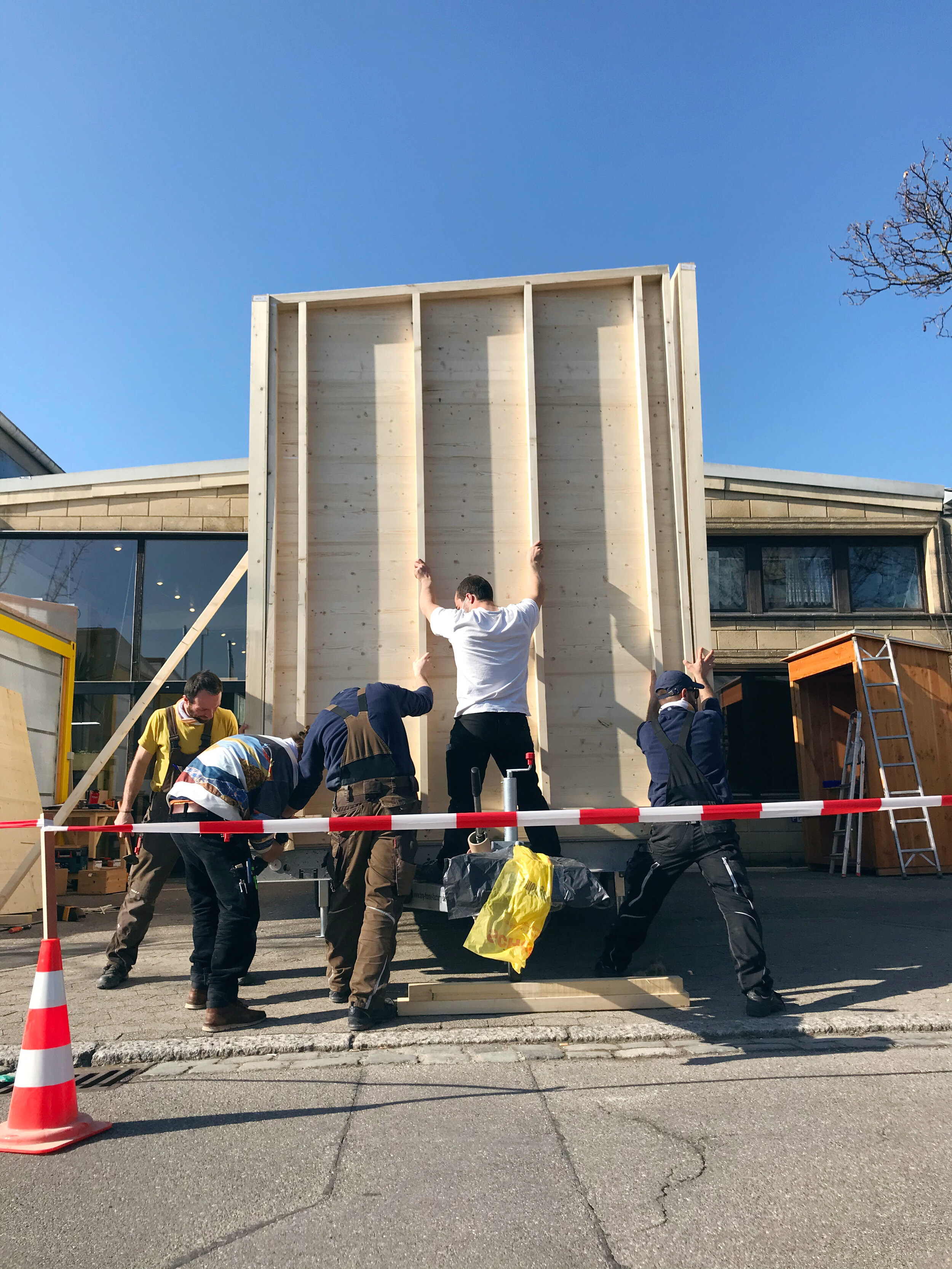
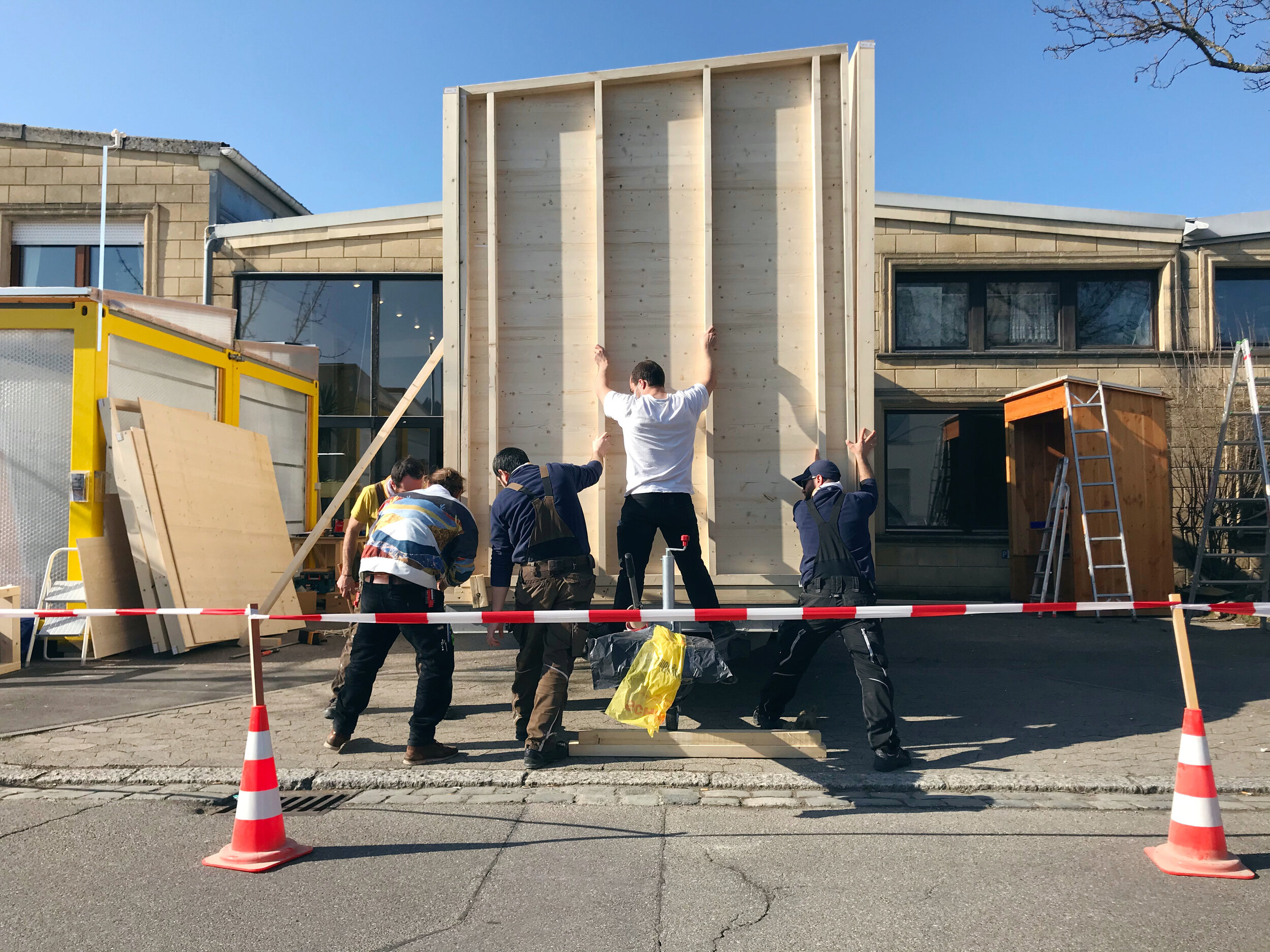
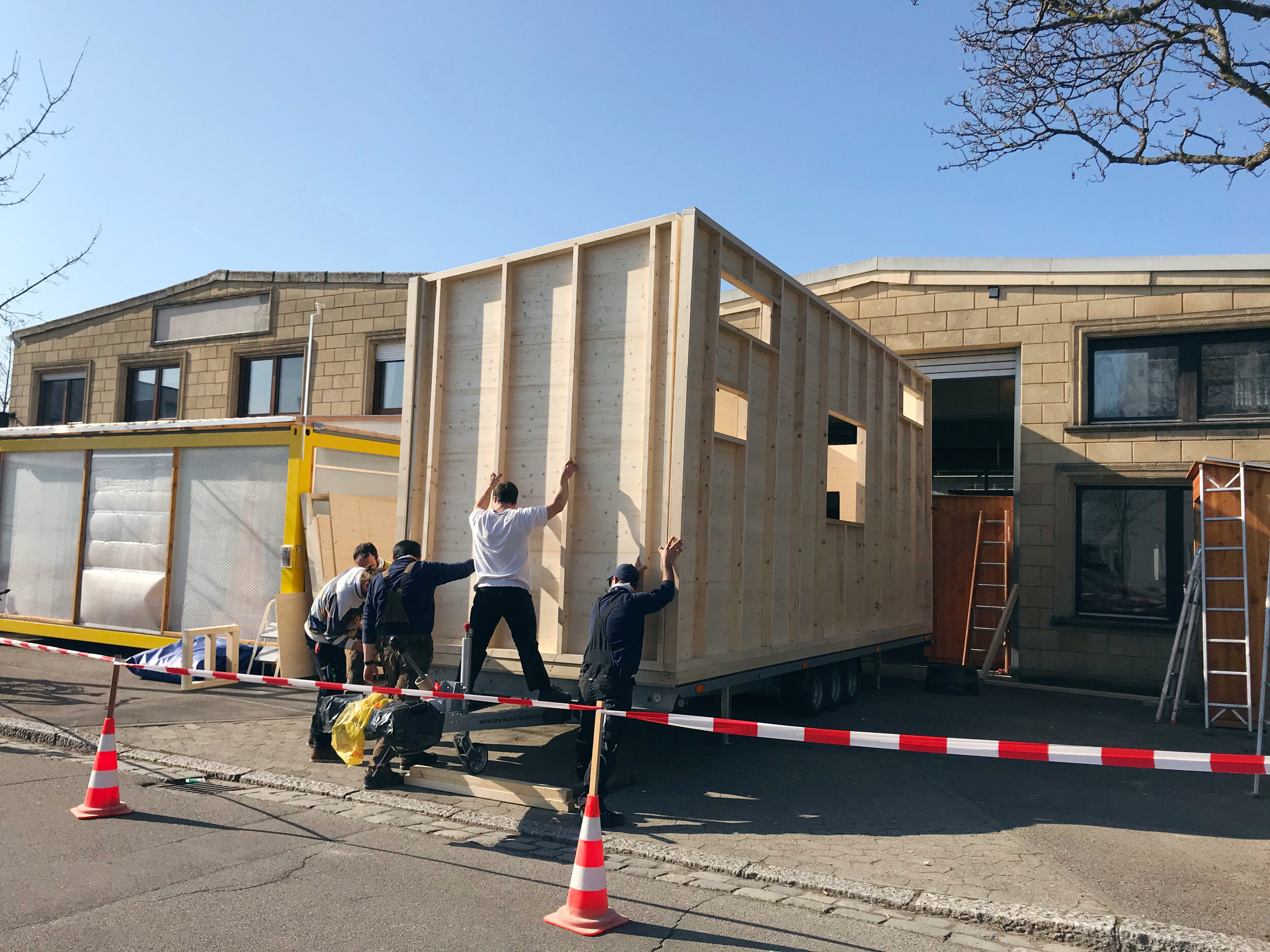
Teamarbeit im Tiny house
Ein Tiny house ist ein kleines Haus aus Holz. Es ist mobil, weil es auf einem Autoanhänger steht. Es wurde in den USA erfunden. Ein Tiny house ist meistens zwischen 15 m2 und 45 m2 groß. Wenn man in einem Tiny house wohnen möchte, dann braucht man ein eigenes Grundstück mit Baugenehmigung. Man kann viele verschiedene Sachen machen, z.B. ein Büro, ein Schlafzimmer oder eine Ferienwohnung. Ein Tiny house ist günstiger als ein normales Haus. Deshalb kann es auch eine gute Möglichkeit für arme Leute sein. Man kann auch mit weniger Sachen leben, z.B. weniger Strom und Heizung. Deswegen ist das Tiny house umweltfreundlich.
Das Projekt „Mobiler Begegnungsraum“ möchte ein Tiny house für Vauban bauen. Dieses Tiny house ist ein Raum für die soziale Begegnung von Gruppen im Vauban. Das könnte auch ein Modell für andere Stadtteile sein. Die Tiny Home Factory und die p3-Werkstatt haben das Tiny house gebaut.
Wir bei p3 haben die Wände angezeichnet und den Boden geschraubt. Danach haben wir den Boden und die Wände mit Dämmung gedämmt und dann haben wir die Dämmung an das Holz getackert. Wir haben gelernt, wie man im Team arbeitet und wie wir uns gegenseitig unterstützen können. Wir haben viele Informationen über Tiny house gelernt, die wir nicht wussten. Obwohl es manchmal kalt war, hat es Spaß gemacht.
EQ-Team 2020/21
![[p3] Schreinerei, Ausbildungsvorbereitung & Mobile Küche](http://images.squarespace-cdn.com/content/v1/5b4da568f8370ac3a573a1c3/1615278839104-ZNAI0VTM808VCCJZ1RL1/P3_CLAIM_schwarz_logowebsite21_300.png)